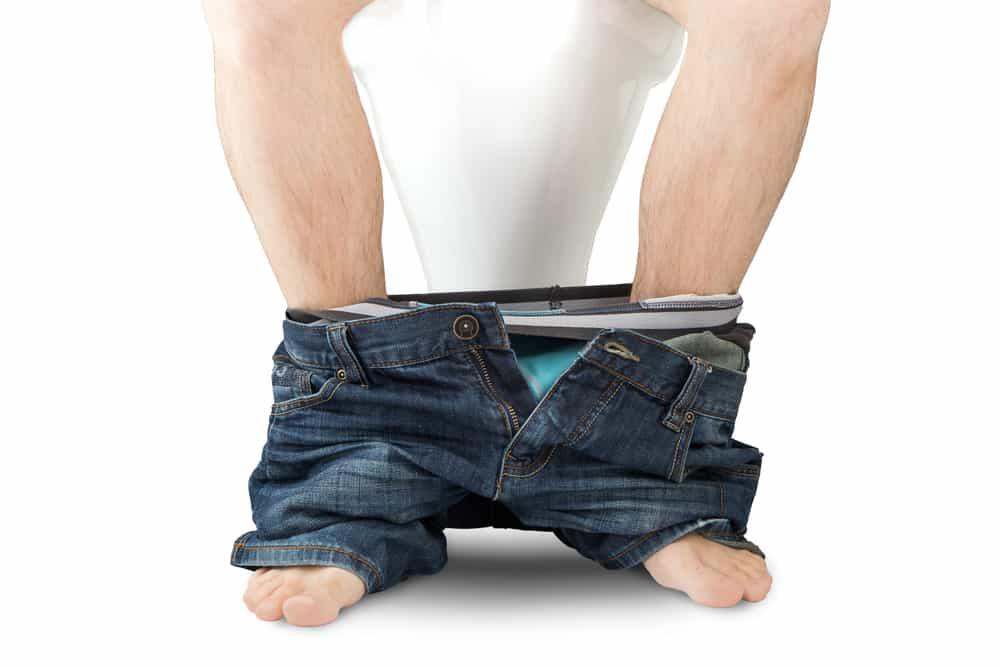Be Careful, This Area of the Body of Men is Prone to Cysts
Try checking the back of your body. Right above the gap between the buttocks, do you see a large lump like a boil? If so, maybe it's a sign you have pilonidal disease. Cysts that are also commonly called pilonidal sinuses most often affect men, especially young people. People who sit a lot like taxi drivers are also at high risk of having pilonidal disease.

This cyst is indeed benign and is not a symptom of cancer. But you still need to be careful. Because if it continues to be left, the cyst can be infected and filled with pus, and this can be painful.
What is the cause?
Signs and symptoms of pilonidal disease
Pilonidal disease may be overlooked because it often does not cause obvious symptoms. However, people who suffer from this disease tend to get inflamed and infected cysts in the upper area between the buttocks. These cysts vary in size and can cause pain when walking or sitting.
Pilonidal sinus usually contains hair, dust and debris. If the sinuses are infected, you may notice redness and swelling around the opening of your buttocks. The sinus can drain pus and blood or give off a foul odor from pus that dries and can become a swollen lump (abscess). The infected area is sensitive to touch. In some cases, someone who is already infected with a Pilonid cyst can experience fever, nausea or a feeling of pain.
About half of people suffering from this condition have chronic pilonidal disease. The recurrent pilonidal disease is not so intense and painful compared to the acute symptoms of pus coming out of the sinuses and releasing pressure. However, the infection can last long-term until the cyst must be surgically removed.
Some rare cases of pilonidal cysts occur in body parts other than near the coccyx. For example, many hair barber, dog beauty nurses and shavers of sheep affected by pilonidal cysts on the skin between the fingers.
What causes a cyst to grow between the buttocks?
The exact cause of this condition is not clear, but experts argue that pilonidal cysts can be caused by hormonal changes, hair growth, and friction from clothing or because of sitting for a long time.
Hair loss, especially rough or stiff hair, can be trapped in the gap between the buttocks. Sitting is an activity that causes friction, can force hair that grows in the area to re-enter the skin. The immune system considers the hair foreign and fights it, which then causes the formation of cysts around the hair and can become infected. This condition develops more easily if there are irritated hair follicles.
Exercise that affects the buttocks area, tight clothing around the buttocks, heat, or sweating a lot can make the hair follicles become irritated or stretched. Hair follicles can become blocked and infected and then open to the surrounding tissue, forming abscesses if you continue to exercise or walk. Some pilonidal diseases can be experienced at birth.
How to treat pilonidal disease?
Pilonidal cysts are abscesses or boils. This needs to be dried, or cut surgically, to heal. Like other boils, pilonidal disease cannot be cured with antibiotics.